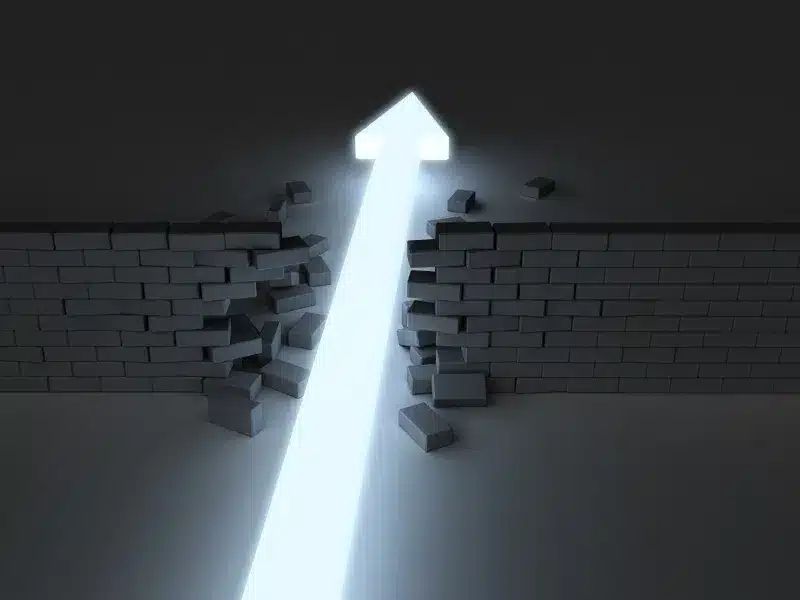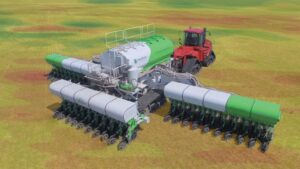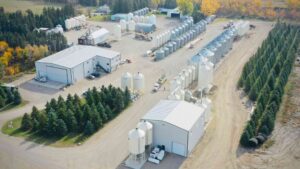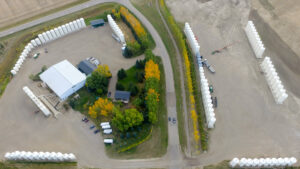Every technology has limitations, including the technologies used in modern seed processing plants. Screen cleaners, gravity tables/separators, indented cylinder separators and optical sorters/colour sorters can create huge benefits for your operation, but they’re all individual parts of a larger whole.
No one machine can do it all, and a seed plant needs to rely on more than just a single piece of equipment to get a quality product.
A seed plant can make separations using several different machines, all based on:
Width. This is essential for pretty much every commodity, and it is accomplished by screen cleaners. Using width, we can take out many impurities and if sizing the product is important, that work can often be done in the same piece of equipment.
Density. We do this a few different ways. Aspiration, often as part of an air and screen machine and sometimes as a stand-alone piece of equipment is part of every plant, removing dust and light impurities. Gravity tables provide more precise density separation as they are used for the separation of any kinds of kernels and granular products with nearly the same size according to the specific weight by using an oscillating deck and air. Destoners work similarly to gravity tables, but are designed to take off a small, more dense fraction.
Length. Today, length separations are usually made using an indented cylinder, a rotating cylinder which has pockets indented with precise diameter, picking up the particles which are short enough to fit. Some separations are most efficiently made this way.
Optical Characteristics. This is where optical sorters/colour sorters come in. Equipped with cameras that are capable of seeing in multiple spectrums including near infrared, these machines match multiple data collected during tens of thousands of scans per second, sorting seed based on their colour, shape, or both. This is the newest technology in most seed plants, and it is amazing.
Many seed plants do good work despite not having all of these separations. When I started working in this industry, I don’t think anyone had colour sorters. You can often make up for the missing tool by using the others, but there are often compromises and trade-offs as a result.
I’ll never forget what a customer told me after he’d had a colour sorter for a year. I asked him what he got out of it and he said the biggest benefit was more capacity. He didn’t say better quality or more seed. “I can worry a bit less about everything else, because I have an additional tool that will make up for any misses that come through.”
That meant he could go a little faster overall every hour. Of course, it depends on how you want to run your plant, but the benefit of having all these different tools means you now have the full toolbox, and you can maximize throughput and your quality and strike your own unique balance.
Recognizing the limitations of a technology will help you ensure you take a holistic view of your operation and implement multiple pieces of technology to give you the quality of product you’re looking for.









